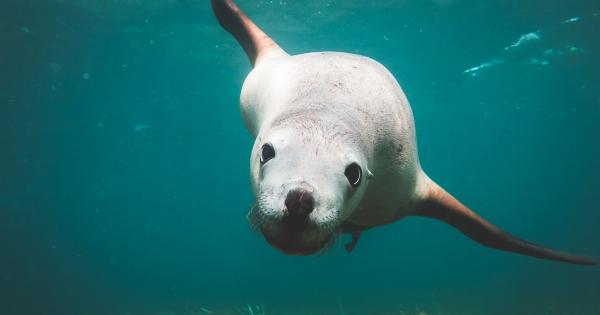As enjoyable as a day at the beach or a snorkeling adventure can be, it can also bring some unpleasant side effects, such as ear and sea problems.
In order to fully enjoy your time spent in and around water, it’s important to be aware of the potential issues and how to prevent them. Here are some tips to help you avoid ear and sea problems:.
Swimmer’s Ear
Swimmer’s ear is a common condition that affects many people who spend time in the water. It is an infection of the outer ear canal that can cause pain, itching, and redness.
Swimmer’s ear is usually caused by bacteria that thrive in warm, moist environments, such as the ear canal after swimming or bathing. Here are some ways to prevent swimmer’s ear:.
Keep Your Ears Dry
One of the most effective ways to prevent swimmer’s ear is to keep your ears dry. Use earplugs or a swim cap to keep water out of your ears.
If you don’t have earplugs or a swim cap, you can try using a cotton ball coated with petroleum jelly to block your ear canal. After swimming, tilt your head to the side to allow any water to drain out of your ear.
Avoid Cotton Swabs
Using cotton swabs to clean your ears can actually increase your risk of developing swimmer’s ear.
This is because cotton swabs can push wax and other debris deeper into the ear canal, creating a warm, moist environment that is ideal for bacteria to grow. Instead of using cotton swabs, you can use a warm washcloth to gently clean the outer part of your ear.
Sea Lice
Sea lice are small jellyfish larvae that can cause an itchy rash when they come into contact with human skin. Sea lice are most commonly found in warm waters, such as those found in the Gulf of Mexico and the Caribbean.
Here are some ways to prevent sea lice:.
Protective Clothing
Wearing protective clothing, such as a wetsuit or rash guard, can prevent sea lice from coming into contact with your skin.
If you don’t have protective clothing, you can try applying a barrier cream, such as zinc oxide, to your skin before entering the water.
Rinse with Fresh Water
After swimming in seawater, be sure to rinse off with fresh water. This can help to remove any sea lice that may be on your skin. Be sure to rinse your swimsuit and any other clothing that may have come into contact with the seawater as well.
Jellyfish Stings
Jellyfish stings can be painful and can cause a rash, swelling, and even nausea and vomiting. In some cases, jellyfish stings can be dangerous, particularly if the person stung has an allergic reaction. Here are some ways to prevent jellyfish stings:.
Check for Warning Signs
Before entering the water, check for warning signs of jellyfish in the area. If jellyfish are present, it’s best to avoid swimming in the area altogether.
Wear Protective Clothing
Wearing protective clothing, such as a wetsuit or dive skin, can help to prevent jellyfish stings. If you don’t have protective clothing, you can try wearing a long-sleeved shirt and pants while swimming.
Remove Tentacles
If you do come into contact with jellyfish tentacles, it’s important to remove them as soon as possible. Use a pair of tweezers or the edge of a credit card to gently scrape the tentacles off of your skin.
Avoid using your hands or rubbing the area, as this can cause the venom to spread.
Conclusion
By taking the necessary precautions, you can avoid ear and sea problems and enjoy your time spent in and around water to the fullest.
Remember to keep your ears dry to prevent swimmer’s ear, wear protective clothing to prevent sea lice and jellyfish stings, and check for warning signs before entering the water. With these tips in mind, you can have a safe and enjoyable experience in the water.



























